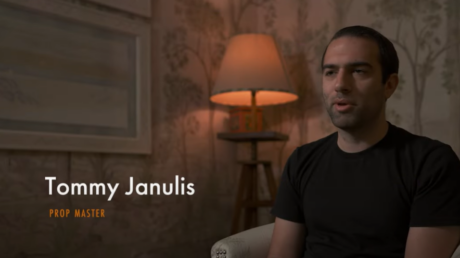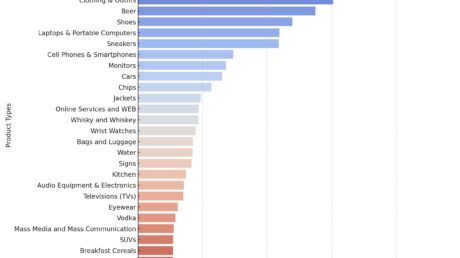It’s a relaxing Sunday afternoon. You’re reclined, recovering from the weekly grind, and watching the 2020 coming-of-age film This Is The Year. You follow the storyline until you notice something familiar in the scene’s background – a box of Cinnamon Toast Crunch. For the next five seconds, you’re not listening to the movie anymore – you’re thinking about how you miss the predictable, sugary, crunchy texture of Cinnamon Toast Crunch. You make a mental note to add the cereal to your shopping list – because there’s no way you’re getting up right now to go to the grocery store.
Virtual product placement reminds audiences of the products they know and love, like Cinnamon Toast Crunch – or a new product on the scene. While story-driven product placement creates the most significant impact, virtual product placement still leaves an impression. This article discusses virtual product placement, its benefits, and limitations to consider.
What is Virtual Product Placement?
Virtual product placement, or VPP, occurs in post-production when a branded product is digitally added to a scene after being filmed. Virtual placements aren’t integrated into the script like story-driven product placement, so in most cases, actors won’t directly engage with the product. However, VPP can be incorporated into post-production in an intentional way that makes sense with what’s happening in the film.
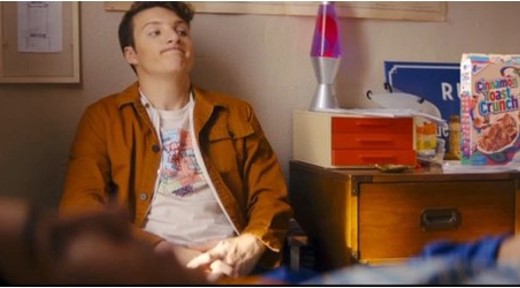
Let’s revisit the Cinnamon Toast Crunch virtual placement from This Is The Year. Mikey didn’t directly hold or pour the cereal box – in fact, he had zero engagement with the product. But, the product was digitally added into a mild-colored scene so that the vibrantly colored cereal box pops.
The Benefits of Virtual Product Placement
In a 2022 research study by BENlabs, all product placements, regardless of type, resulted in positive metrics, including unaided brand recall, improved brand opinions, and improved brand outlook. While story-driven placements are the heavy-hitter option for driving key indicators, virtual product placement still has its time and place. Virtual product placement provides authentic Brand exposure to a hyper-targeted audience – in a much less obtrusive way than a commercial or ad campaign.
Additionally, VPP saves Brand and production teams a significant amount of time. Story-driven placements take months to strategize and produce. On the other hand, virtual product placement is best suited for securing last-minute additions to a production.
The Limitations of Virtual Product Placement
One consideration of VPP is how visible the product is in the scene. The more front and center the product is, the better the results. For example, comparing two Bailey’s Irish Cream virtual product placements, one resulted in a 3% unaided recall, while the other resulted in a whopping 35% unaided recall, according to a 2022 study by BENlabs. What caused the 32% difference? How obvious the bottle of Bailey’s Irish Cream was to the audience.
In the film, Let’s Meet Again on Christmas Eve, the virtual placement of Bailey’s Irish Cream is the focal point of the screen.
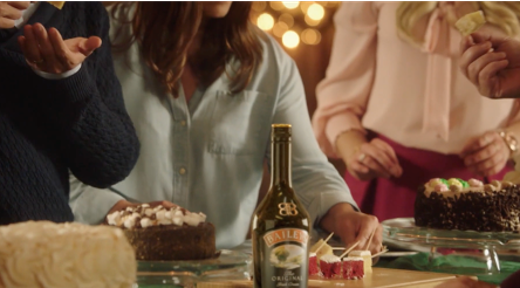
In contrast, the virtual placement of Bailey’s Irish Cream in the film, A Christmas Wish is understated and blends in with the rest of the scene’s props.
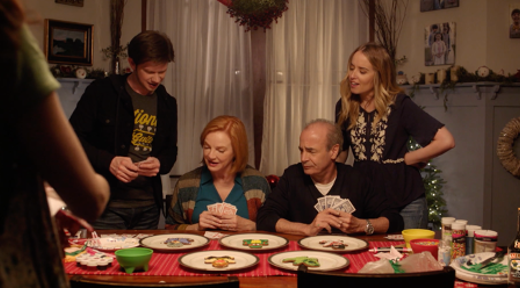
Further, although virtual product placements aid in brand recall, story-driven product placement still reigns supreme in establishing a strong audience connection to products. Research suggests that compared to VPP, story-driven product placements leave a more lasting impact on viewers, such as increasing the likelihood of purchasing the product and creating positive Brand associations. That’s because, in story-driven placement, the cast actively engages with the product. If a product works well for your favorite character – why wouldn’t it work for you?
For example, unlike the virtual product placements for Cinnamon Toast Crunch or Bailey’s Irish Cream placements where the products are added to the backdrop, this story-driven product placement for Absolut in the tv-series Dave mentions the brand in the script itself.

Last but not least, one of the biggest differentiators to keep in mind for virtual product placement, is often times the placement has a short shelf life. Meaning it may only live in the content for a specific period of time, or once a set number of impressions have been reached. Unlike story-driven placements that are evergreen due to being woven into the content’s storyline.
Final Thoughts & How to Get Started
When it comes to product placement, story-driven placement is the best-case scenario. But if you’re short on time, virtual product placement can still effectively increase brand awareness and get products in front of the right people. Working with an established product placement agency is an excellent first step in connecting your brand’s goals with proven Production Partners in the industry.


